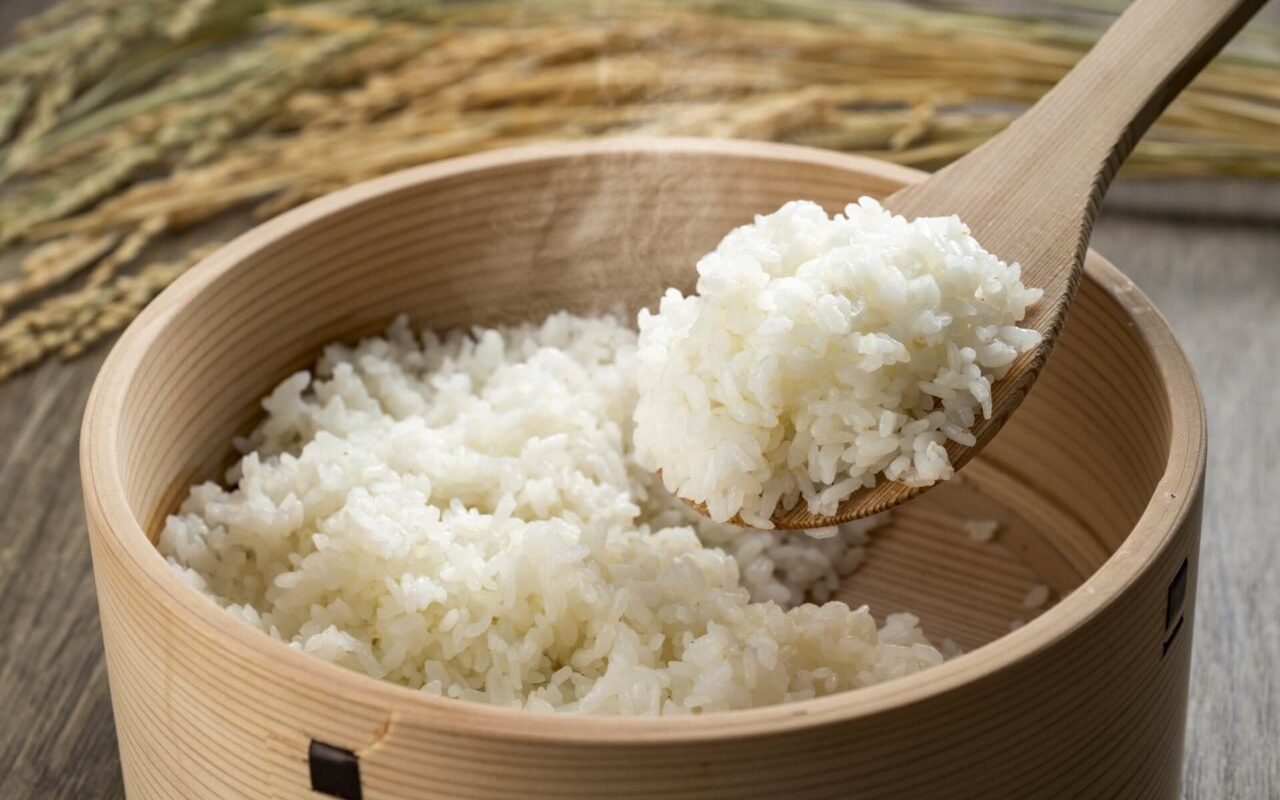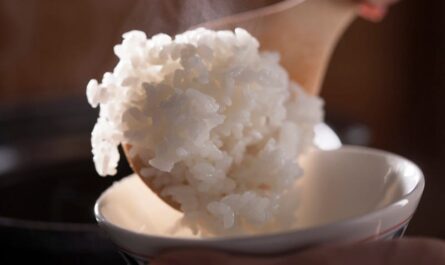There is a delightful array of regional sushi rice differences that contribute to the global appeal of sushi. Understanding these nuances not only enhances your appreciation for sushi but also deepens your understanding of its cultural significance. This article dives into the varied characteristics of sushi rice across regions, offering insights into how these differences impact flavor, texture, and overall sushi experience.

The Origins of Sushi Rice
The journey of sushi rice begins in Japan, where it is known as ‘shari’ or ‘sumeshi’. Traditionally, sushi rice is seasoned with a blend of rice vinegar, sugar, and salt, which provides the distinct flavor profile that sushi lovers cherish. The type of rice used is typically short-grain, known for its sticky texture that holds well together.
Sushi Rice in Japan
In Japan, the preparation of sushi rice is considered an art form. Different regions within Japan have their unique takes on sushi rice. For instance, in Tokyo, the rice is often seasoned with red vinegar, giving it a slightly different flavor. Meanwhile, in Osaka, oshizushi (pressed sushi) uses rice that is tightly packed and molded into shapes, showcasing the versatility of sushi rice.
Regional Variations in Sushi Rice
United States
In the United States, sushi has evolved to include a variety of non-traditional ingredients and rice varieties. Often, long-grain rice is used in fusion sushi dishes, which alters the texture to be less sticky compared to traditional Japanese sushi rice. This adaptation is part of what has made sushi so popular and accessible in the West.
Europe
European sushi chefs often experiment with different rice varieties to complement local tastes. In some regions, they may use locally grown rice, which can differ in texture and flavor from Japanese varieties. This experimentation has led to a diverse sushi scene across Europe, where traditional techniques meet modern innovation.
Factors Influencing Sushi Rice Differences
Climate and Agriculture
The climate and agricultural practices of a region significantly influence the type of rice available. In regions with a climate similar to Japan, short-grain rice varieties are more common, maintaining the traditional texture and stickiness. Conversely, in areas where long-grain rice thrives, sushi rice may be less adhesive.
Cultural Preferences
Cultural tastes and preferences also play a critical role in shaping regional sushi rice differences. For instance, in regions where spicy food is preferred, sushi rice might be seasoned with additional spices to match local palates.
Impact on Flavor and Texture
The type of rice and its preparation method impact the flavor and texture of sushi. Short-grain rice tends to create a soft and sticky base, ideal for traditional sushi. Long-grain rice, on the other hand, offers a firmer texture and is often used in contemporary sushi dishes.
Sushi Rice and Accompaniments
The accompaniments served with sushi can also vary regionally, further influencing the overall taste experience. In some cultures, sushi is paired with unique sauces or pickled vegetables, enhancing the flavor profile of the rice.
Innovative Uses of Sushi Rice
Fusion Cuisine
As sushi continues to gain global popularity, innovative uses of sushi rice have emerged. Fusion cuisine often incorporates sushi rice in unexpected ways, such as sushi burritos or rice bowls, showcasing the adaptability of this staple ingredient.
Health Considerations
With growing awareness of dietary preferences and restrictions, some chefs have begun experimenting with gluten-free or alternative grains for sushi rice. This innovation allows more people to enjoy sushi while catering to specific health needs.
The Future of Sushi Rice
As the culinary world evolves, so too does sushi rice. With ongoing research into rice cultivation and seasoning techniques, the future promises even more variation and innovation in sushi rice preparation.
Technological Advances
Advancements in agriculture and food technology may soon allow for enhanced flavors and textures in sushi rice, providing chefs with even greater creative freedom.
Sustainability Considerations
With increasing focus on sustainability, there is a growing interest in sourcing rice from environmentally friendly farms. This shift may lead to new standards in sushi rice production, prioritizing both taste and ecological impact.
Conclusion
Understanding regional sushi rice differences enriches the sushi dining experience. From the meticulous preparation of traditional Japanese sushi rice to the innovative adaptations in Western cuisines, each variation offers a unique taste of culture and history. As sushi continues to evolve, sushi lovers can look forward to an ever-expanding world of flavors and textures.

FAQ
What is the best rice for sushi?
Short-grain rice is traditionally used for sushi due to its sticky texture, which helps the rice hold together.
How does climate affect sushi rice?
Climate influences the type of rice that can be grown in a region, affecting its texture and flavor.
Are there gluten-free options for sushi rice?
Yes, some chefs experiment with gluten-free grains to accommodate dietary restrictions without compromising on taste.
This article contains affiliate links. We may earn a commission at no extra cost to you.




